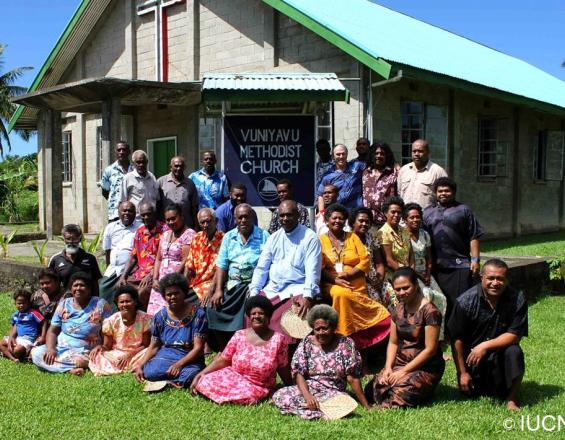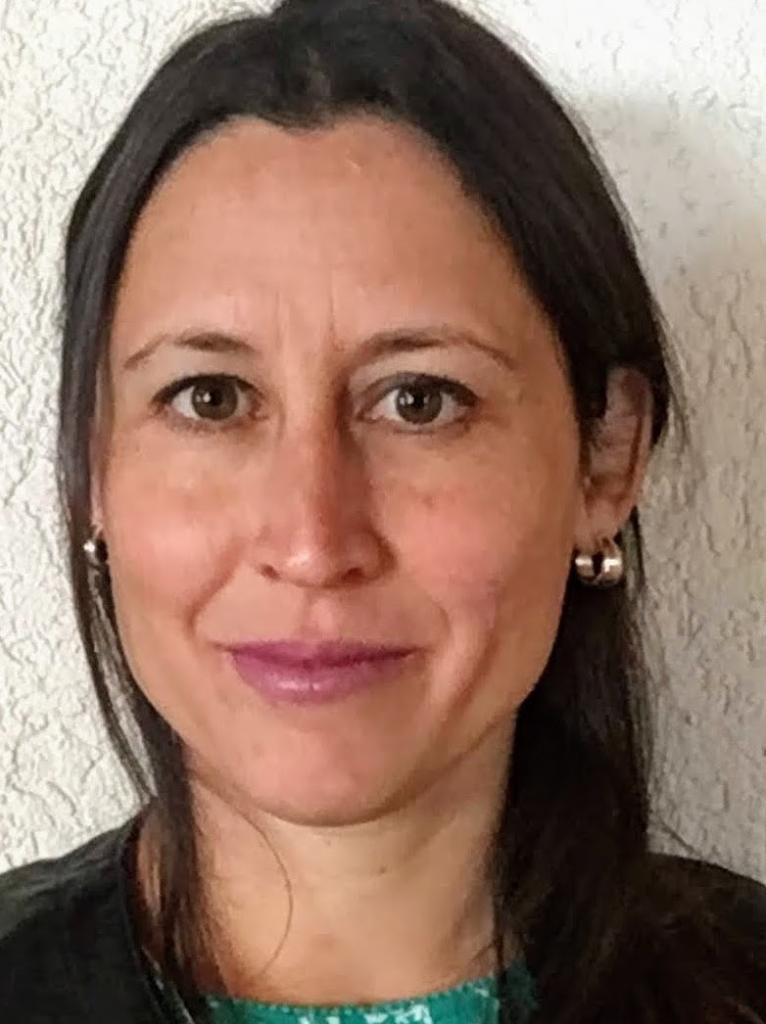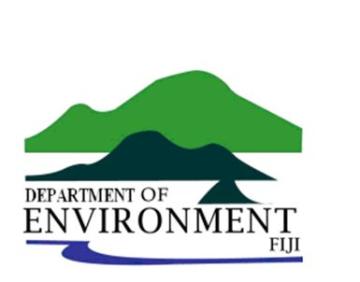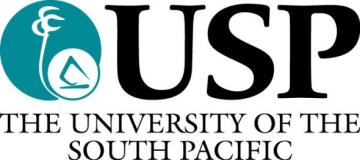
Co-management bridging Biodiversity Conservation and Fishing Rights

The Nasoata Island Co-Management is a partnership that brings together formal and informal management systems (national, provincial & community) for the conservation of biodiversity in Nasoata Island supporting the traditional fishing rights owners of Nakorovou Village, Rewa Province, Fiji Islands.
Context
Challenges addressed
The development of the management plan aims to help the villagers address challenges that they are facing as landowners such as poaching of resources on the island and surrounding inter-tidal area, unsustainable cutting practices of mangroves and coconut trees by outsiders, and lack of proper management framework and the need for monitoring and enforcement.
Location
Process
Summary of the process
Building Blocks
Providing the scientific and legal Evidence Base
Enabling factors
Lesson learned
Repeated Community Consultations
Enabling factors
Lesson learned
Visualizing first-hand Challenges and Solutions
Enabling factors
Lesson learned
Facilitating multi-input Management Plan
Enabling factors
Lesson learned
Ensuring Endorsement of End-product
Enabling factors
Lesson learned
Seeking international Management Status
Enabling factors
Lesson learned
Impacts
This effort has resulted in
- the government’s proposal of designating Nasoata Island as Fiji’s second Ramsar site and the development of a Management Plan that outlines the framework for the conservation of the Island
- increased community engagement and interest in conservation efforts for the Island
- increased and renewed collaboration between the stakeholders on conservation efforts for the Island after a lapse of 3 years
- renewed and increased trust of the landowners placed on government and provincial stakeholders to successfully implement the management strategies
Beneficiaries
The landowning village community, tourists and students as well as neighbouring villages.
Story
Mr. Seru Serevi is a renowned local musical composer and artist in Fiji and in the South Pacific region. Seru was born and raised in the village of Nakorovou and is the nephew of the Village chief, Turaga na Tui Waina. All his life he has lived in close association with the “vanua” (land), the people and the “yau bula” (natural resources). Seru is well connected with Nasoata as his parents and those before them had always harvested mud crabs, bi-valves, and medicinal plants amongst other things from the Island. The island used to belong to several families of European and also of Indian decent. During this time the island was used as a coconut plantation where herds of cattle were kept. People of Nakorovou had to buy back their land for around two thousand pounds in the late 1970’s which was first bought off them by a pirate for only one shilling in the 1800’s. The villagers now realize the importance of Nasoata, not only due to its rich historical value to his people but the livelihoods that the island sustains - as in the past, the island still supports the villagers with fish, food and income. The biggest threat villagers have seen over the years is poaching and disrespect by neighboring villagers on the “tabu” (taboo) zones. Seru says that, “Our people have respected the need to protect the island, its people from outside who are not respecting our taboos even though we have spread the word from village to village and even up to the provincial council". The issue with monitoring Naosata is the distance from the village to the island and the need for someone to police the island full-time. Seru feels that through the management plan, the proposed framework and the now evident strong cooperation between the villagers, the Provincial Office and the relevant Government departments, the future of Nasoata is brighter. The villagers often accommodate flocks of students from the local university (University of the South Pacific) who visit the island to study its biodiversity and learn how the villagers use the natural resources. The protection of Nasoata, the inclusion into Ramsar and some eco-tourism activities is what Seru hopes will be the best outcome for the island and this is mostly thanks to the effective consultative process.





